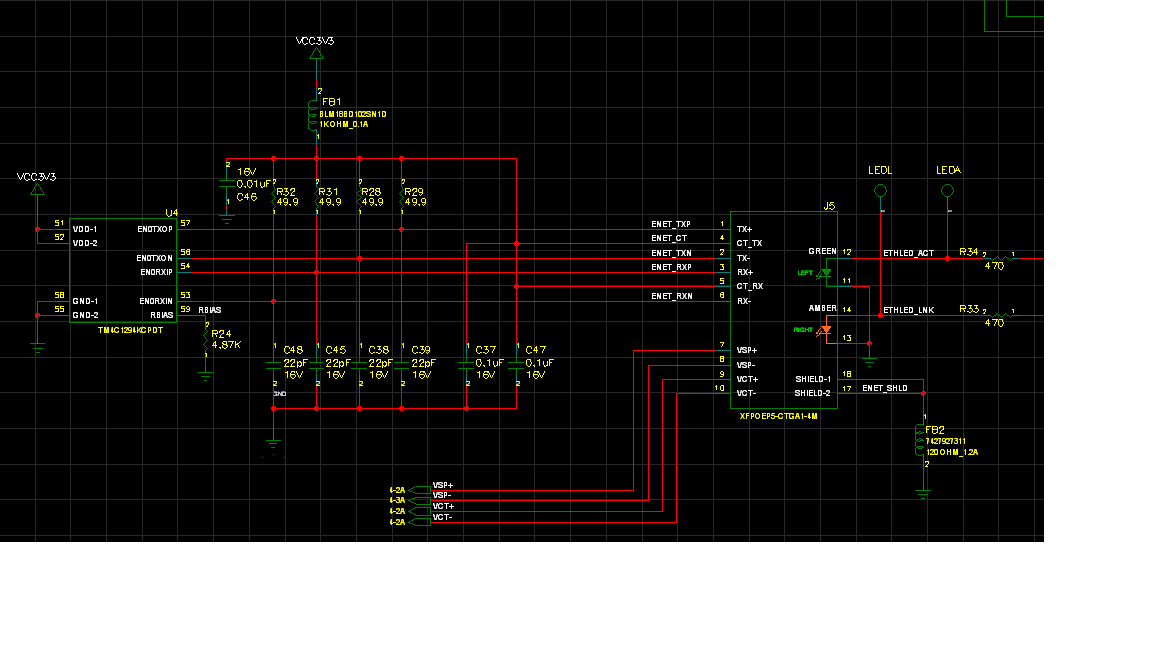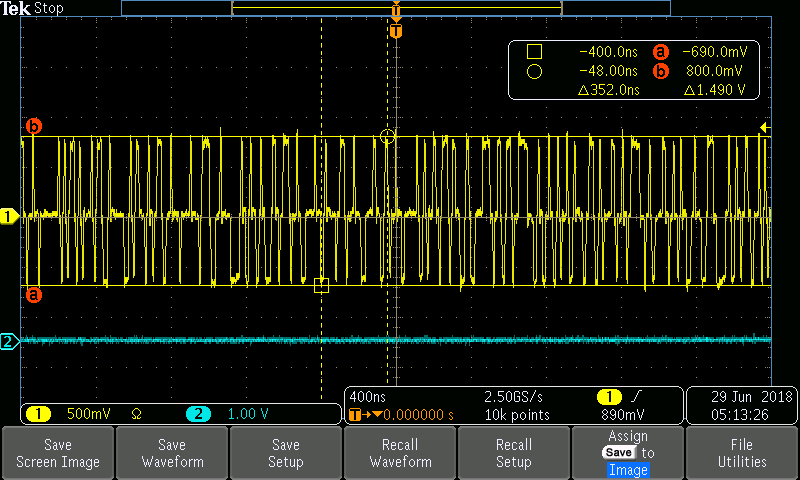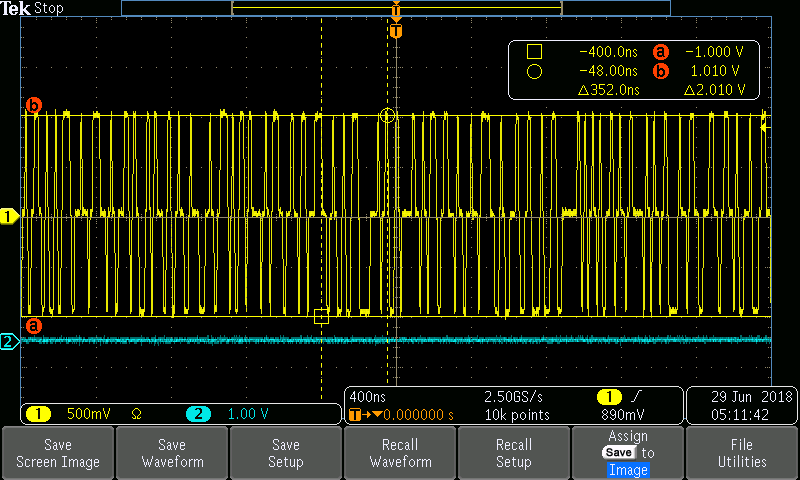I am bringing up a new design and have followed all the design guides. I am having issues with certain boards linking properly to some types of Ethernet Switches. Are there any known issues with this or any recommendations. I am using and embedded ethernet module with magnetics from xfmrs.com/.../ XFPOEP5-CTGA1-4M.
-
Ask a related question
What is a related question?A related question is a question created from another question. When the related question is created, it will be automatically linked to the original question.





